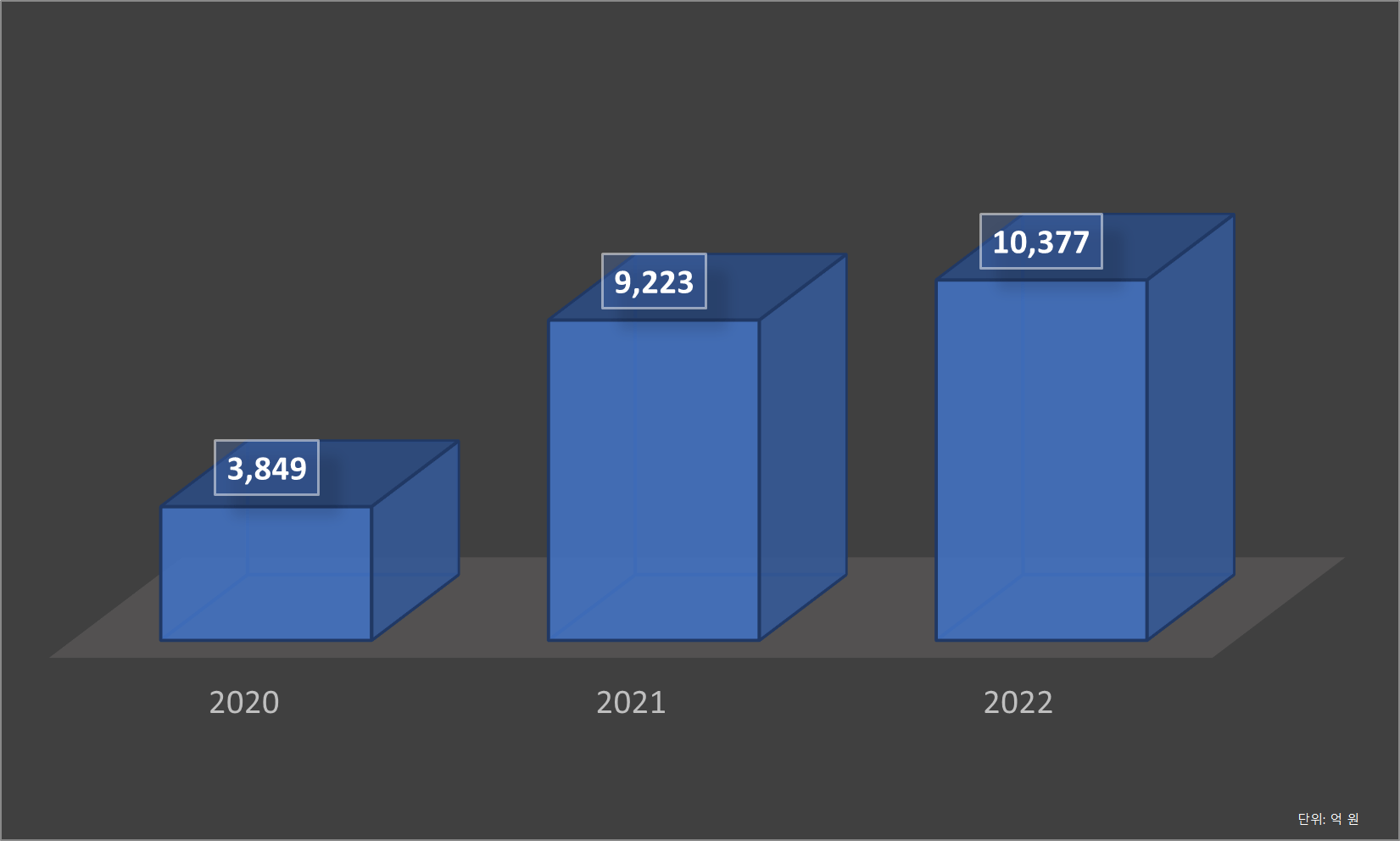 MMCA, Guggenheim team up for exhibition on Korean experimental art in 1960-70 | Yonhap News Agency
MMCA, Guggenheim team up for exhibition on Korean experimental art in 1960-70 | Yonhap News AgencyThe Korean art market had a difficult year in 2023, affected by global economic conditions such as high interest rates. However, it was also a year in which Korean art was recognized globally as large-scale exhibitions introducing Korean contemporary art were held overseas, mainly in the United States. On the other hand, there were also some personnel issues related to museum directorships.
The Korean art market in 2023 also experienced a slump. The subdued atmosphere was first evident in the art auction market. According to the Korea Art Authentication & Appraisal Research Center, in the first half of this year, the total amount won by two major auction houses, Seoul Auction, and K Auction, fell by about 64% and 39%, respectively, compared to the first half of last year.
The art fair market has not escaped the downturn. According to the Korea Arts Management Service, the Korean art fair market surged from KRW 188.9 billion in 2021 to KRW 302 billion in 2022, driving growth in the art market, but this year, art fairs did not disclose their performance, indicating a clear downturn in the art market.
Despite the lackluster performance of the art market in 2023, Korean contemporary art gained widespread recognition globally. Over the past few years, Korean popular culture has been trending worldwide, and various government support was initiated to promote Korean art internationally, along with the participation of Korean curators in foreign art museums, contributing to a year of large-scale Korean art exhibitions, particularly in the United States. Exhibitions covering diverse themes, from experimental art to photography and contemporary art since 1989, took place or were planned at various art museums such as the Solomon R. Guggenheim Museum, the Metropolitan Museum of Art, the Philadelphia Museum of Art, the San Diego Museum of Art, and the Los Angeles County Museum of Art (LACMA).
It was a year when Korean artists became more widely recognized not only in museums but also in art galleries. Lehmann Maupin, which has a branch in Korea, signed a contract with Korean experimental artist Sung Neung Kyung, while Thaddeus Ropac joined hands with artist Heemin Chung.
 Portrait of Park Seo-Bo. Courtesy of Park Seo-Bo Foundation.
Portrait of Park Seo-Bo. Courtesy of Park Seo-Bo Foundation.There were also legal achievements. The Art Promotion Act, which serves as the legal basis for promoting the arts, including the Resale Royalty Right (droit de suite) recognized up to 30 years after the artist’s death, passed through the National Assembly. Art, one of the primary fields of culture, lacked a systematic support system due to the absence of individual laws. It is expected to be a cornerstone in establishing a sustainable cycle in the Korean art ecosystem and enhancing the overseas presence of Korean artists.
This year’s Korean art scene had personnel issues related to museum director positions. Kim Sung-hee took office as the National Museum of Modern and Contemporary Art director just four months after Youn Bum-mo resigned. However, the Director of Curatorial Affairs position at the museum remains vacant. Additionally, the director positions at the Daejeon Museum of Art, Suwon Museum of Art, and Park Soo Keun Museum in Gangwon Yanggu were changed to general public service positions. The director position at the Daegu Art Museum remains vacant due to a lawsuit resulting from the cancellation of the appointment.
This year also saw significant news related to artist Park Seo-Bo. Park Seo-Bo, who gained international recognition through Dansaekhwa paintings, held the groundbreaking ceremony for a museum on Jeju Island named after the painter in March. He also donated $1 million to the Gwangju Biennale Foundation, establishing the Park Seo-Bo Art Prize, but it was discontinued after the first award ceremony, and the remaining donation was refunded. Dansaekhwa master Park Seo-Bo passed away on October 14 at the age of 92.




















